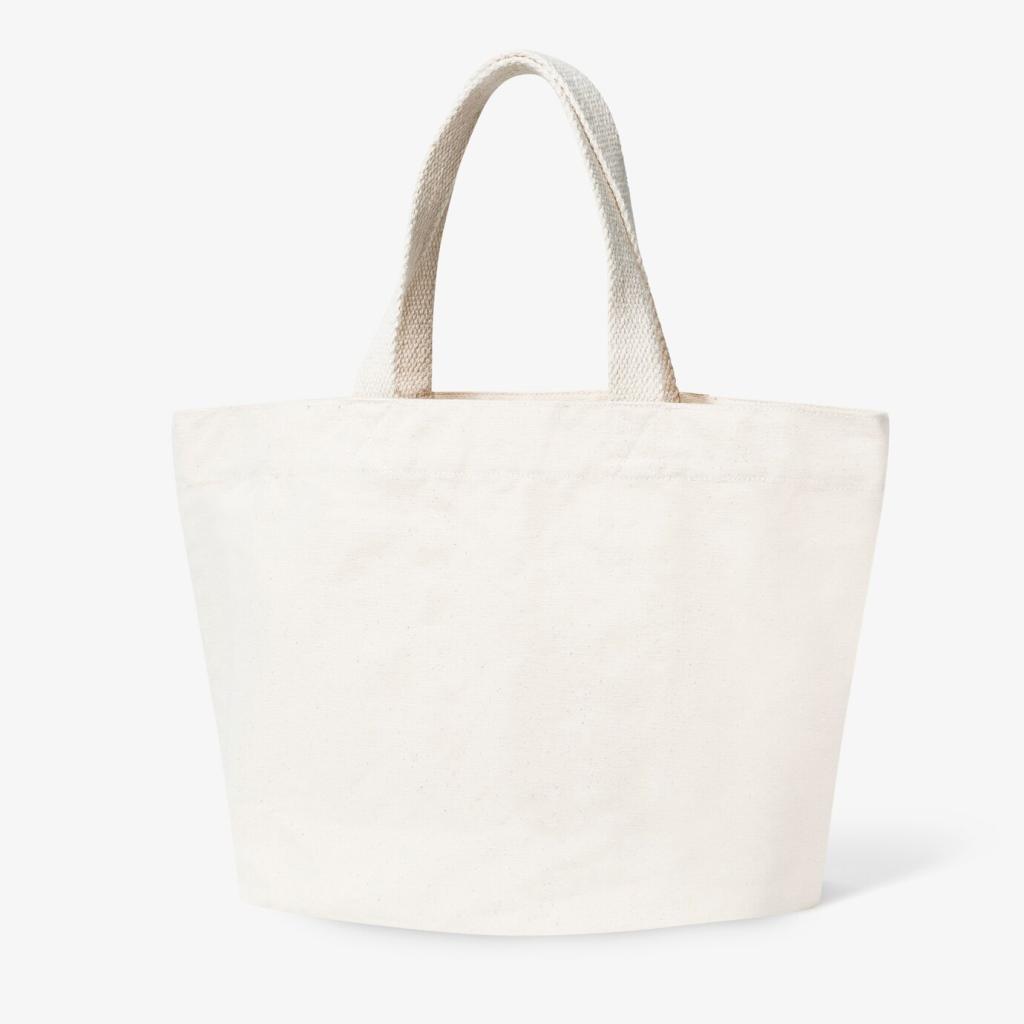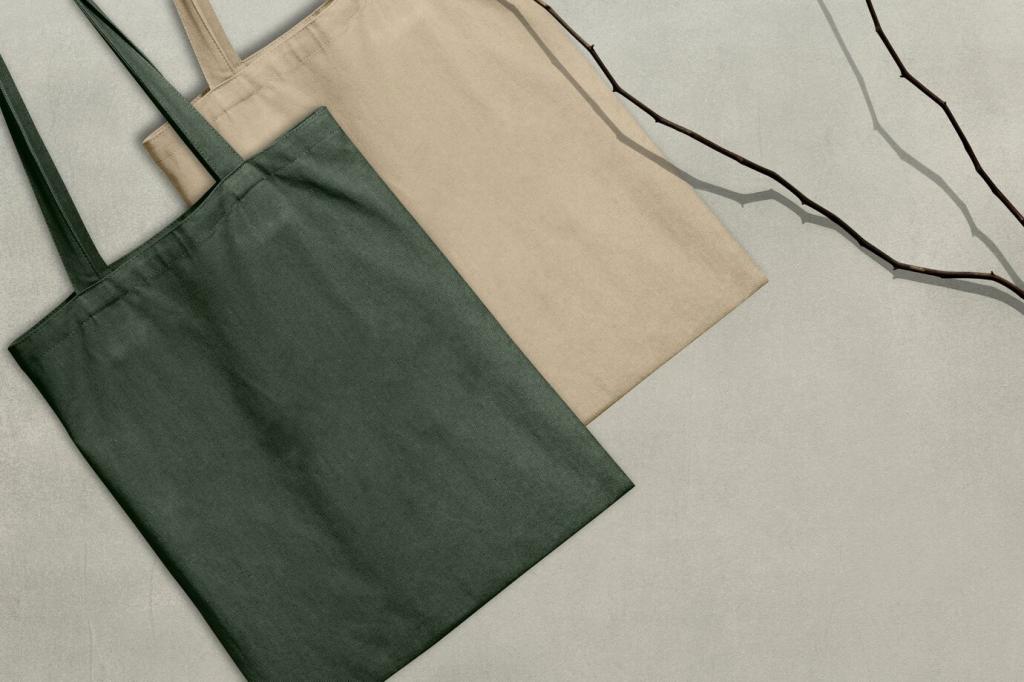
Incorporating Green Technologies in Interiors
Incorporating green technologies into interior spaces is revolutionizing the way we think about design, comfort, and environmental responsibility. Sustainable choices no longer mean sacrificing style; instead, they offer opportunities for creativity, energy savings, and wellness upgrades. As architects, designers, and homeowners increasingly focus on eco-friendly solutions, green technologies are becoming essential components of modern interiors. From energy-efficient fixtures to innovative materials, today’s interiors can significantly reduce environmental impact while providing superior living experiences. Discover how integrating green technologies creates spaces that are beautiful, resilient, and responsible.
Sustainable Materials and Finishes

Recycled and upcycled materials are gaining traction as desirable choices for surfaces and furnishings. Whether crafted from reclaimed wood, recycled glass, or repurposed metals, these materials reduce the demand for virgin resources and minimize waste heading to landfills. Modern upcycling processes can transform industrial scraps or post-consumer waste into stunning countertops, flooring, or accent pieces with unique beauty and character. The inherent story of these materials adds depth to any design, celebrating sustainability and creativity in every detail. Designers and homeowners appreciate not only the aesthetic appeal, but also the contribution toward conserving resources.
Smart Energy Efficiency Solutions
Intelligent lighting systems utilize sensors, controls, and automation technologies to tailor illumination according to occupancy and natural light availability. Programmable smart lighting not only reduces unnecessary energy usage but also allows users to customize ambiance throughout the day. Integration with smartphones or voice-activated devices makes management seamless, increasing overall user satisfaction. Moreover, modern LED fixtures deliver high-quality light while consuming a fraction of the energy traditional bulbs use, contributing significantly to energy savings over time. Through clever deployment, lighting becomes both efficient and responsive to users’ changing needs.
Advanced Air Purification Systems
With indoor air often more polluted than outdoor air, advanced purification technologies are essential. HEPA filters, activated carbon units, and UV-C disinfection systems can actively remove allergens, airborne pollutants, and pathogens, maintaining healthy air in living and working spaces. Modern purifiers are often integrated seamlessly with HVAC systems, operating quietly and efficiently in the background. By prioritizing clean air through cutting-edge technology, interiors can support respiratory health, reduce absenteeism, and create a sense of freshness that is tangible from the moment you enter.
Daylighting and Human-Centric Lighting
Natural light has profound effects on mood, concentration, and physiological processes. Daylighting strategies, such as skylights, solar tubes, and reflective surfaces, maximize the availability of sunlight within interiors, reducing dependence on artificial lighting. Meanwhile, human-centric lighting solutions adjust color temperature and intensity throughout the day to mimic natural rhythms, supporting circadian health and productivity. These techniques not only save energy but also create dynamic, uplifting spaces where occupants feel more connected to the outdoors, enhancing overall quality of life.
Biophilic Design Integration
Biophilic design incorporates elements of nature within interiors, using plants, water features, and natural patterns to foster wellbeing and reduce stress. Living walls, indoor gardens, and green partitions enhance air quality, humidity, and aesthetics simultaneously. This approach resonates with our innate desire to connect with nature, delivering proven psychological and physiological benefits. Integrating biophilic elements with green technologies elevates the entire experience of interior spaces, promoting both sustainability and human wellness in the built environment.
Previous slide
Next slide

